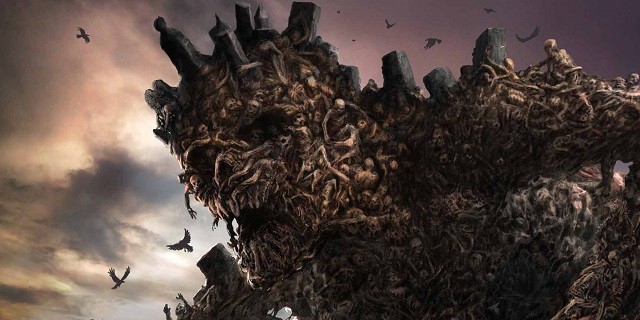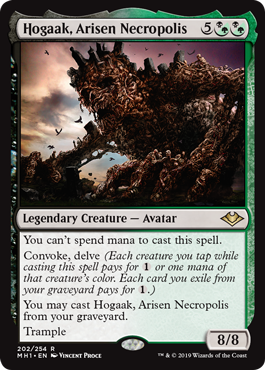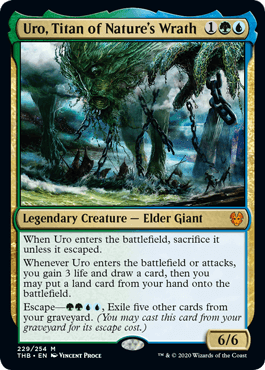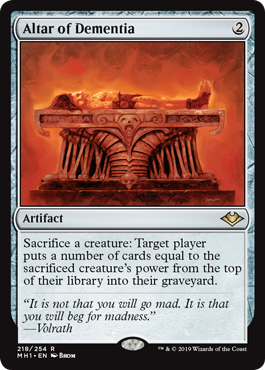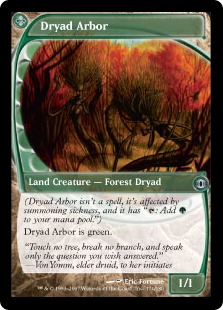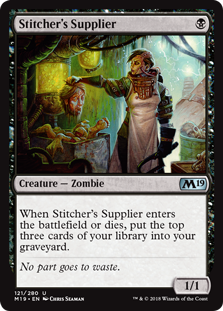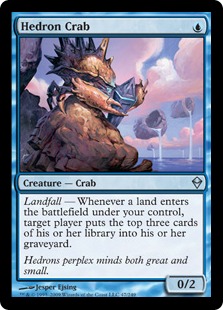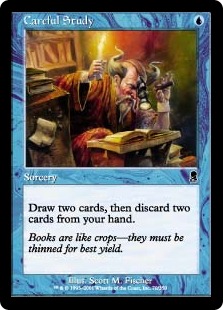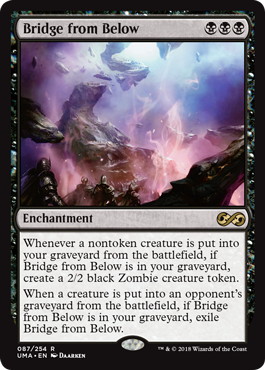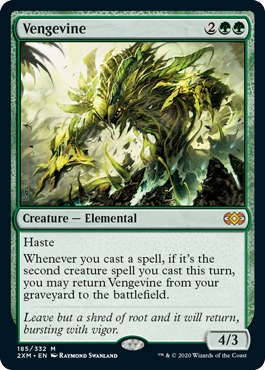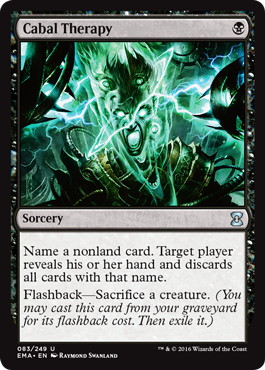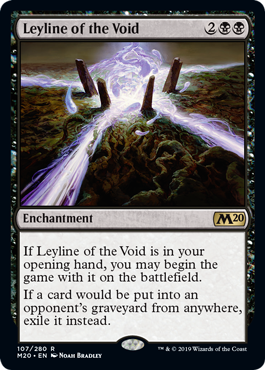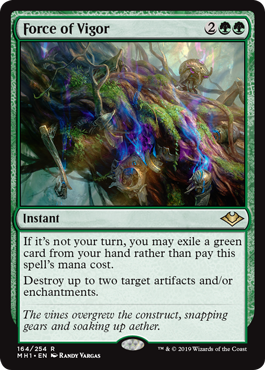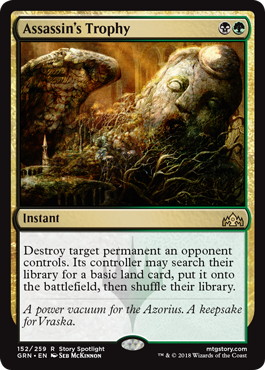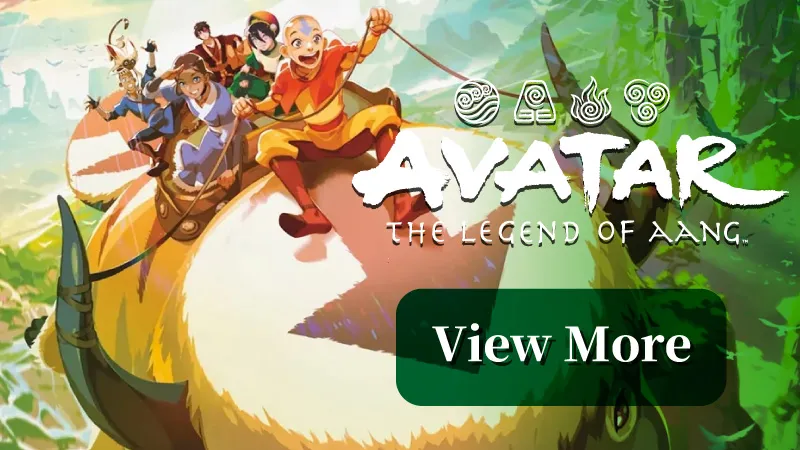Introduction
Hola!
Some of you might already know which one is my favorite combo deck in the format, but I’ve also enjoyed my fair share of Legacy Hogaak.
Since I didn’t really play that much Hogaak while it was legal in Modern, I had to learn how to pilot the deck again once I picked it up for Legacy play, but I was surprised with this archetype since it is actually quite strong.
Why Hogaak?
Hogaak operates in a different axis, exploiting the fact that most Legacy decks are not prepared to fight against a swarm of resilient creatures.
Most combo decks are stack-based (Doomsday, Show and tell, Ad Nauseam, etc.) so stack interaction is premium against them. Hogaak plays through that by having a very high count of enablers.
Other decks like Delver or Death and Taxes demand creature removal and Hogaak is strong against that removals by having recursive threats. Hogaak mostly preys on fair decks whose interaction spells are not well suited to answer the recursive threats the deck can present. It also helps that cards like Uro or Oko are not as good as they are in other matchups.
On the other hand, it is also quite weak to the mentioned stack-based combo decks, since they are usually faster at closing the games than Hogaak.
How does the deck work?
This is my current decklist:
- Javier Dominguez
- – Hogaak
- (Legacy)
3 《Bayou》
3 《Underground Sea》
1 《Dryad Arbor》
4 《Verdant Catacombs》
3 《Misty Rainforest》
2 《Polluted Delta》
1 《Bloodstained Mire》
1 《Marsh Flats》
-Land (19)- 4 《Gravecrawler》
4 《Hedron Crab》
4 《Stitcher’s Supplier》
1 《Carrion Feeder》
4 《Bloodghast》
4 《Vengevine》
4 《Hogaak, Arisen Necropolis》
-Creature (25)-
3 《Cabal Therapy》
1 《Once Upon a Time》
4 《Bridge from Below》
4 《Altar of Dementia》
-Spell (16)-
3 《Assassin’s Trophy》
3 《Force of Vigor》
2 《Fatal Push》
2 《Thoughtseize》
1 《Cabal Therapy》
-Sideboard (15)-
Hogaak usually tries to be the aggro deck in most matchups by flooding the board with zombies, as most fair decks will simply lose that plan since their spot removal won’t do much if you can simply replay a 《Gravecrawler》.
If that goes wrong, 《Altar of Dementia》 is the alternative plan of the deck which lets us mill our opponents out. The way we deck our opponents is the following:
We target ourselves with the Altar until we have most if not all our 《Bridge from Below》 copies in our graveyard, and then, with 2 Hogaaks, we can loop them generating Zombie tokens in the process until we have enough to mill our opponent out. The way we “loop” the Hogaaks is, with a Hogaak in the battlefield, we use it to Convoke a 2nd Hogaak, and while it is on the stack, we sacrifice the original copy to the Altar before the 2nd copy gets into the battlefield, playing around the legend rule. Repeat again to get some zombie value!
If we expect our opponent to break our bridges with a 《Lightning Bolt》 on their own creature, we can just simply stop at two bridges and proceed from there, and once our opponent has spent their removal spell, we continue with the milling plan.
Card Choices
《Dryad Arbor》
Special mention to 《Dryad Arbor》 which is the reason for us to run green fetchlands like 《Misty Rainforest》 in a deck where the only basic land is a 《Swamp》. We play 《Dryad Arbor》 so we can use it to help casting our Hogaak out of a fetchland or just feed our 《Cabal Therapies》 later in the game. For that reason, it is better to fetch for a land with a 《Polluted Delta》 instead of a 《Verdant Catacombs》 just in case we decide we want to have access to 《Dryad Arbor》.
《Stitcher’s Supplier》
This small Supplier is one of the best enablers in the deck and Hogaak’s best friend, since it is very easy to cast our huge monster on turn 2 if we start our game with a fetchland and a Supplier. Supplier is a card we always want to see in our opening hand and a card we will often play on turn 1. 《Swamp》 into 《Stitcher’s Supplier》 is very hard to interact with except countermagic, but even cards like 《Daze》 are very costly to cast on turn 1 for our opponents anyway.
《Hedron Crab》
《Hedron Crab》 is a little bit weak on the mana since it opens a vulnerability to 《Wasteland》, but unchecked, it is really capable of generating lots of value for our deck, so it is clearly worth playing. Keep in mind that playing landfall cards means we shouldn’t be cracking our fetchlands if we don’t have a reason to do so.
《Careful Study》
While 《Careful Study》 is not 《Faithless Looting》, it is still better than adding a fourth color to the deck. 《Careful Study》 turns bad draws like 《Bridge from Below》 into good ones, and it is often better to delay this card as much as we can as long as we have reasonable plays, since we will have more information to work with and more draw steps to find those cards that we’d rather have in our graveyard instead of our hands.
《Gravecrawler》
《Gravecrawler》 is one of those cards we love to see while milling with our Supplier as we can directly cast it from our graveyard as Supplier is a zombie. It is easy to forget how good 2/1s can be against a 《Delver of Secrets》 deck.
Generally speaking, if you are going to cast 《Gravecrawler》, it is better to do it before anything else, so your opponent doesn’t get the priority to exile them or interact with your zombies. For example, if you mill 《Gravecrawler》 with a Supplier or a 《Hedron Crab》 with another Zombie in play, you can play 《Gravecrawler》 before your opponent even gets the chance to cast 《Surgical Extraction》 on it. The same works with Hogaak, which makes the deck relatively resilient to this type of effect.
《Bloodghast》
《Bloodghast》 often teams up with 《Gravecrawler》 being very hard to deal with against 《Lightning Bolt》 decks. 《Bloodghast》 is also involved in many of your turn2 Hogaak draws, since it comes back from your graveyard for free. Remember also that 《Bloodghast》 is a may ability, so you can avoid them being exiled if your opponent has a 《Containment Priest》 on the battlefield, for example.
《Bridge from Below》
《Bridge from Below》 plays very well with most of our stuff and lets us go off with Hogaak and 《Altar of Dementia》. While it is a card we almost always are happy to see in our graveyard, be aware that having them already there will sometimes make it so we can’t profitably attack, because if our opponent blocks in a way that any of their creatures die, we will lose our 《Bridge from Below》 engine.
《Once Upon a Time》
I think the first copy of 《Once Upon a Time》 in a creature combo deck is simply too good not to play. I could even see a second copy but I think it’s really close between this and…
《Carrion Feeder》
I am a big fan of 《Carrion Feeder》 in this deck. Even though it doesn’t exactly go off in a way that wins the game on the spot, it has a lot of positive interactions with many cards in the deck like 《Gravecrawler》, 《Bloodghast》 or 《Bridge from Below》.
《Carrion Feeder》 biggest weakness is being bad against spot removal, but I think that is acceptable since the whole archetype is very strong against that type of cards. What 《Carrion Feeder》 offers here is a faster clock in situations where we don’t draw our 《Altar of Dementia》 or the milling win condition is not reliable, like Show and Tell playing 《Emrakul, the Aeons Torn》.
《Vengevine》《Hogaak, Arisen Necropolis》
Our big green attackers; 《Vengevine》 demands us to be careful in terms of how to sequence our turns, so plan accordingly in a way that you maximize your mill effects before you play your 2nd creature each turn – that becomes easier with some practice.
In postboard games, if you already have enough cards to play 《Hogaak, Arisen Necropolis》 from your hand, it is often correct to do so before milling more cards to play around 《Surgical Extraction》 even if that means potentially missing a little bit of value.
《Altar of Dementia》
We’ve already talked about how this is the card that lets this deck be a combo decks in many situations. However, there are other things worth noting about Altar and it is about when to play it. Coming from Modern, a common pattern was to play a turn 2 《Altar of Dementia》 to win on turn 3. That will be also the case here if we are on the play as well.
On the other hand, if we are on the draw, I think it might be correct to hold the Altar until we have a bigger board and go for other plays instead of playing it if we expect our opponent to have 《Skyclave Apparition》 in their deck, since Altar is extremely powerful against white decks and likely going to win the game on the spot if we have enough creatures. Against Oko decks, it is not that bad to run Altar into Oko on an empty board as long as we have enough attacking power to take down that Oko on the following turn.
《Cabal Therapy》
《Cabal Therapy》 is our interaction spell and our best card in our bad matchups. It is very synergistic with the deck, and I could see it being a 4-of if we expect enough combo decks. The issue with 《Cabal Therapy》 is that it is relatively weak against the fair decks, since we don’t really want to spend one mana and a card to disrupt their plan.
《Thoughtseize》
《Thoughtseize》 is simply here because we can’t play more than 4 copies of 《Cabal Therapy》 and most combo decks will beat us if we don’t interact with them. This doesn’t mean we will mulligan hands that kill on turn 3, but hopefully we can also do that while casting a discard spell.
《Fatal Push》
I like 《Fatal Push》 in our sideboard mostly against Delver decks to deal with their threats, since we can actually grind against them comfortably even against cards like 《Surgical Extraction》 or 《Klothys, God of Destiny》 as long as they can’t stick one of their threats. It is also handy to have cheap interaction against Death and Taxes, and I think Push outclasses 《Abrupt Decay》 by being efficient.
《Leyline of the Void》
《Leyline of the Void》 is our anti mirror card that also happens to be good against other decks like Reanimator. Most medium hands with a Leyline will be easy keeps, but keep in mind that most Hogaak versions run a healthy amount of answers, so just lands + Leylines will likely not be enough on a 7 cards hand. Also, being 《Force of Vigor》 the most common answer in the mirror match makes it so multiple copies of 《Leyline of the Void》 aren’t that good as they might look.
《Force of Vigor》
If 《Leyline of the Void》 is the best card against Hogaak, 《Force of Vigor》 is the best card against 《Leyline of the Void》. Also keep in mind that double green is perfectly castable on post board games while fetching.
《Assassin’s Trophy》
《Assassin’s Trophy》 is a suboptimal answer to many problematic cards that can be thrown at you, and I think that having a broad answer is very useful if you are not playing with open decklists.
We will often have no idea about the graveyard hate our opponent is playing for game 2, but 《Assassin’s Trophy》 will be a live card even if they have no hate permanents we need to deal with. Being able to deal with cards like Oko, Thief of Crowns or 《Containment Priest》 while still having an answer to 《Leyline of the Void》 or 《Rest in Peace》 on the same card makes me like multiple copies of 《Assassin’s Trophy》.
Sideboarding
Sideboarding with a deck like Hogaak is very fluid, since sometimes you will know if you opponent is on 《Leyline of the Void》 or not.
Overall, when deciding how to sideboard with Hogaak, it is better to trim a copy or two of an effect than to completely cut any of the synergy pieces of the deck. I’d rather have 3 《Bloodghast》, 3 《Gravecrawler》 and 3 Hogaak instead of cutting any of them down to 1 copy.
This is how I sideboard when I have no idea what’s going on on my opponent’s sideboard:
Temur Delver

Against Temur Delver
Snow Control

Against Snow Control
I like sideboarding some copies of 《Force of Vigor》 since Leyline is relatively common in Snow, but I don’t want to draw 2 copies of a card that sometimes is going to be completely dead.
Death and Taxes

Against Death and Taxes
Doomsday/Storm

Against Doomsday/Storm
Hogaak

Against Hogaak
Bridges are bad against opposing copies of 《Altar of Dementia》 so I like being aggressive here focusing on winning by attacking. Altars can still have some uses like decking our opponents with the help of 《Hedron Crab》 or just make it so we have more creatures to bring back, but I don’t think it is reliable enough to keep the whole Altar+Bridge engine.
That’s it for today.
Thanks for reading and good lucking milling yourself a Hogaak on turn 2!
Javier Dominguez(Twitter / Twitch)


